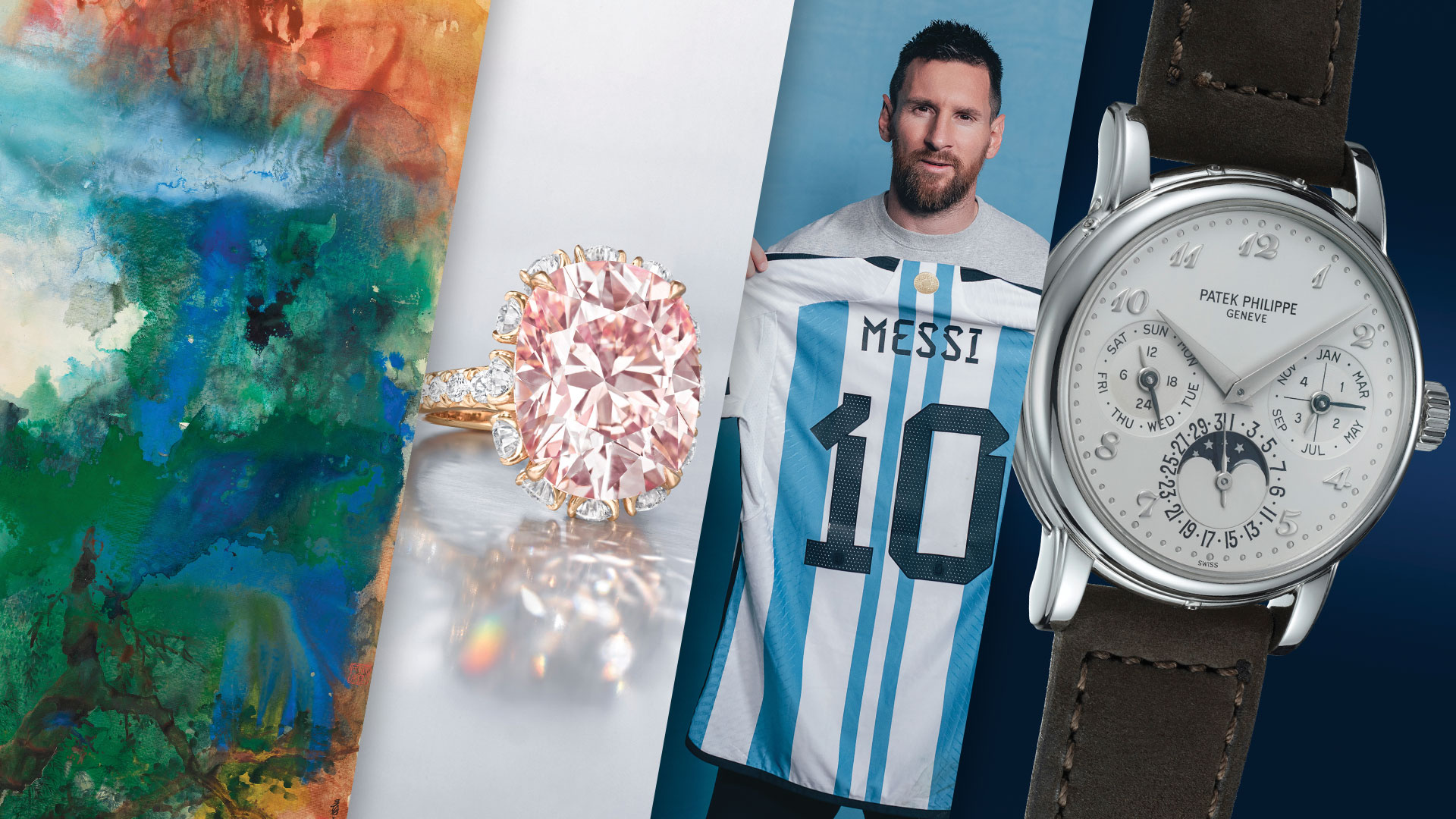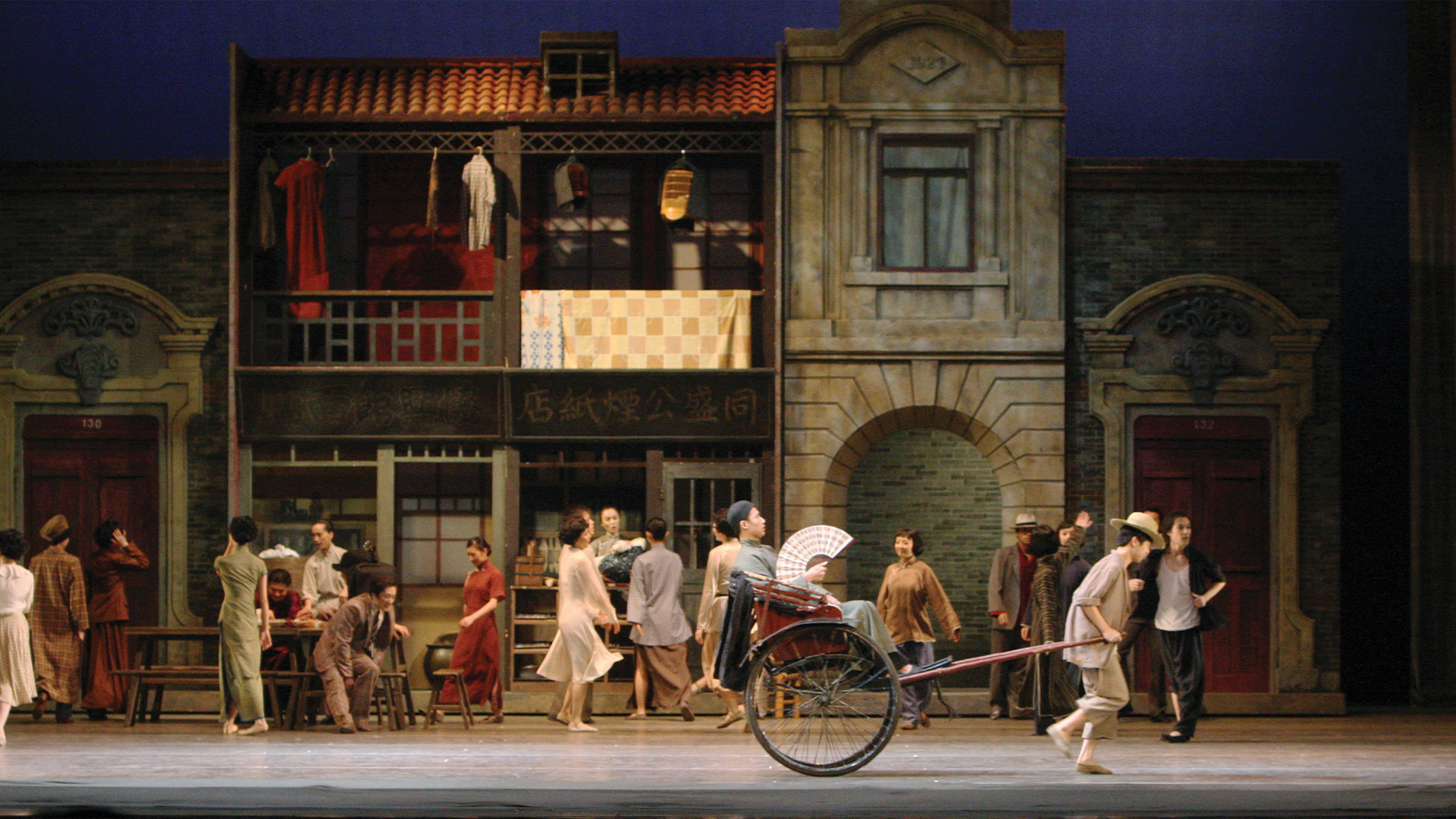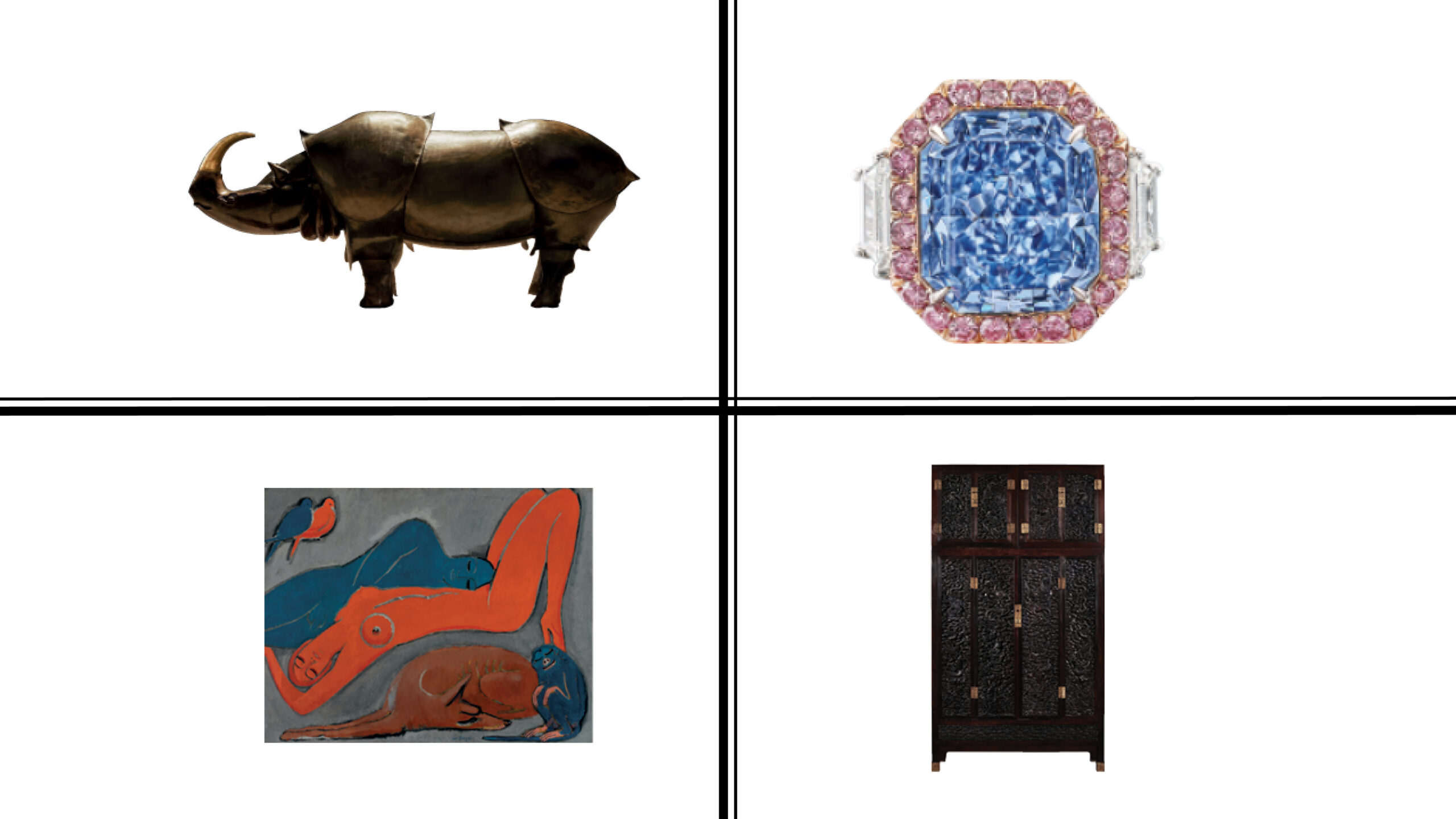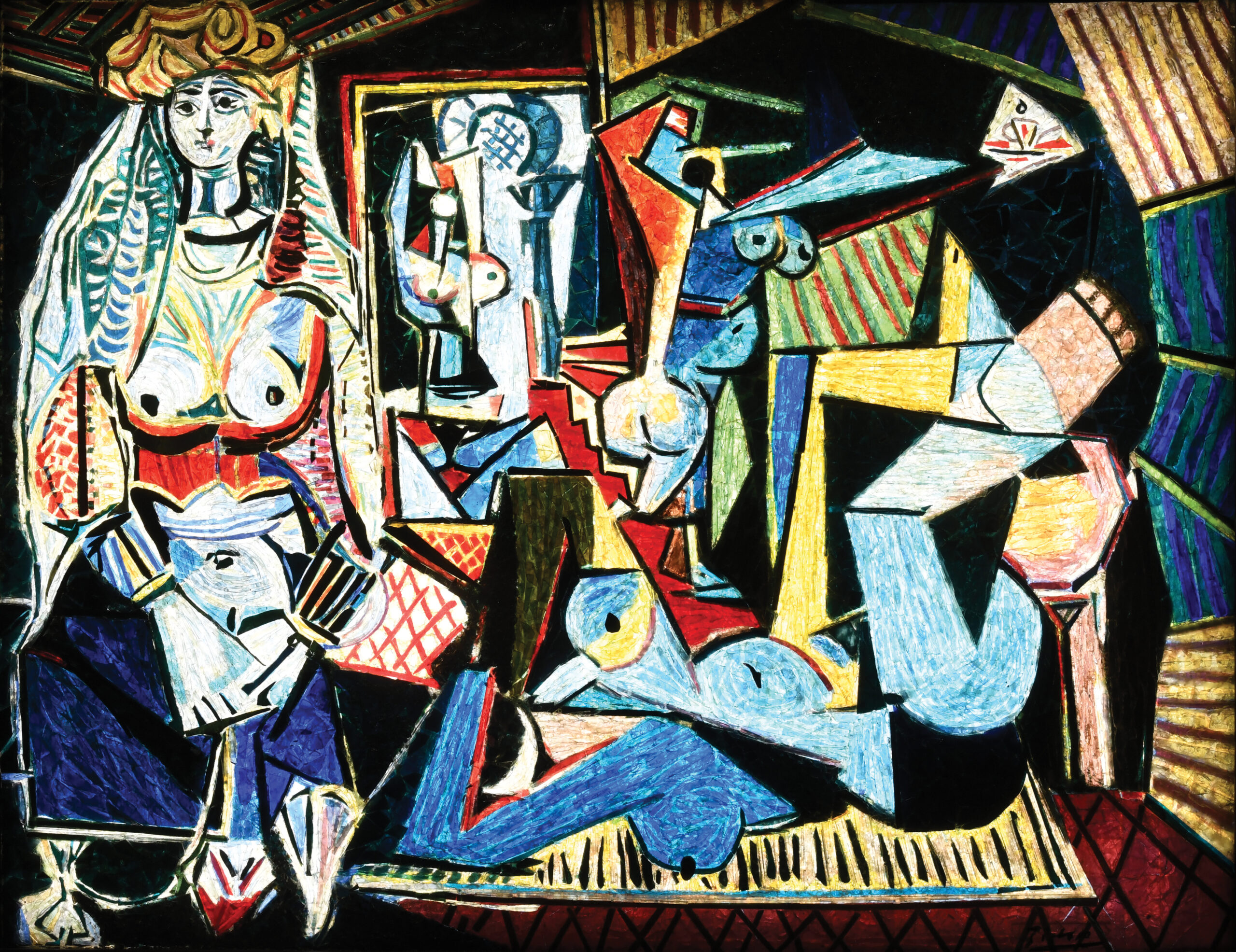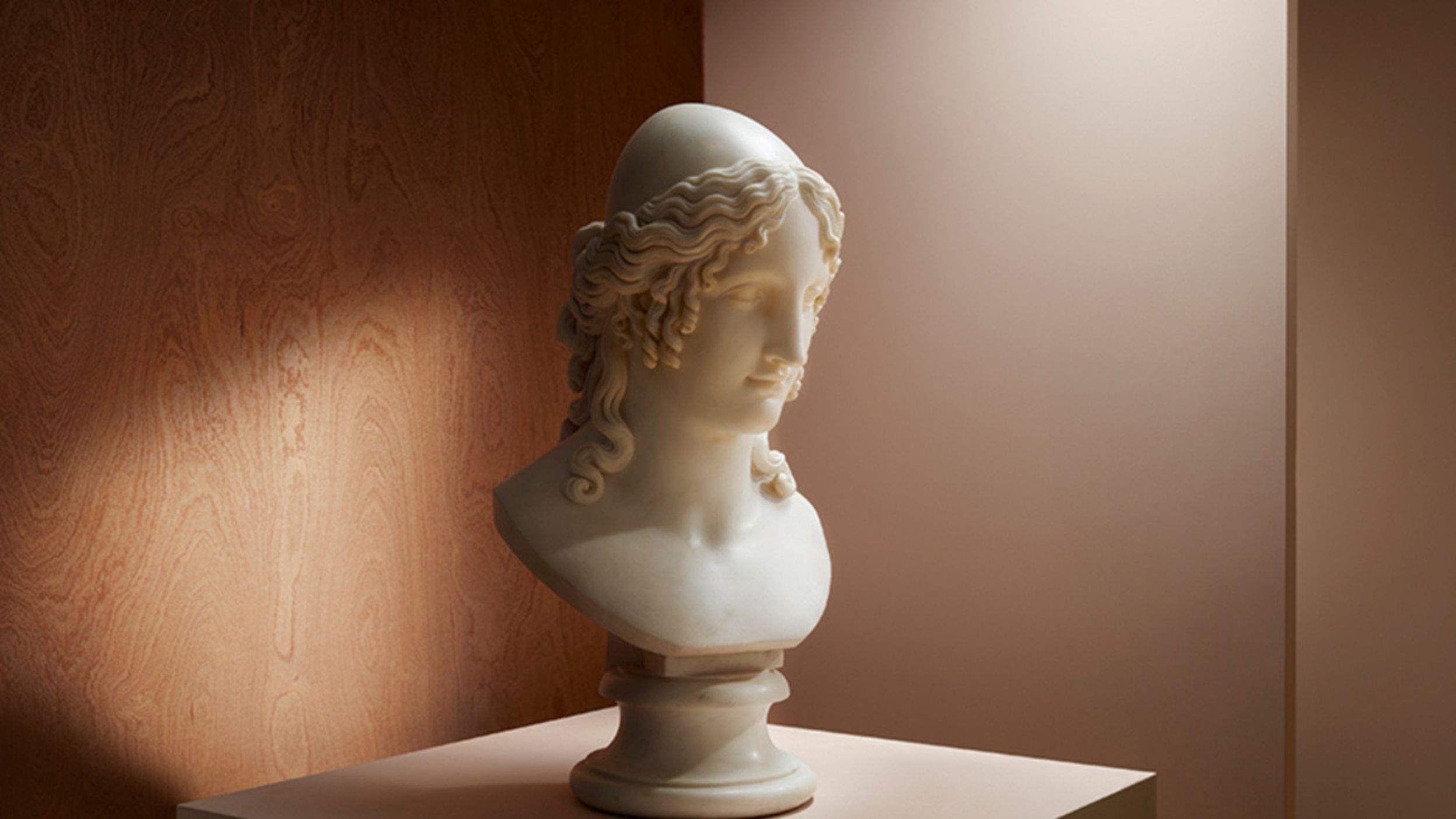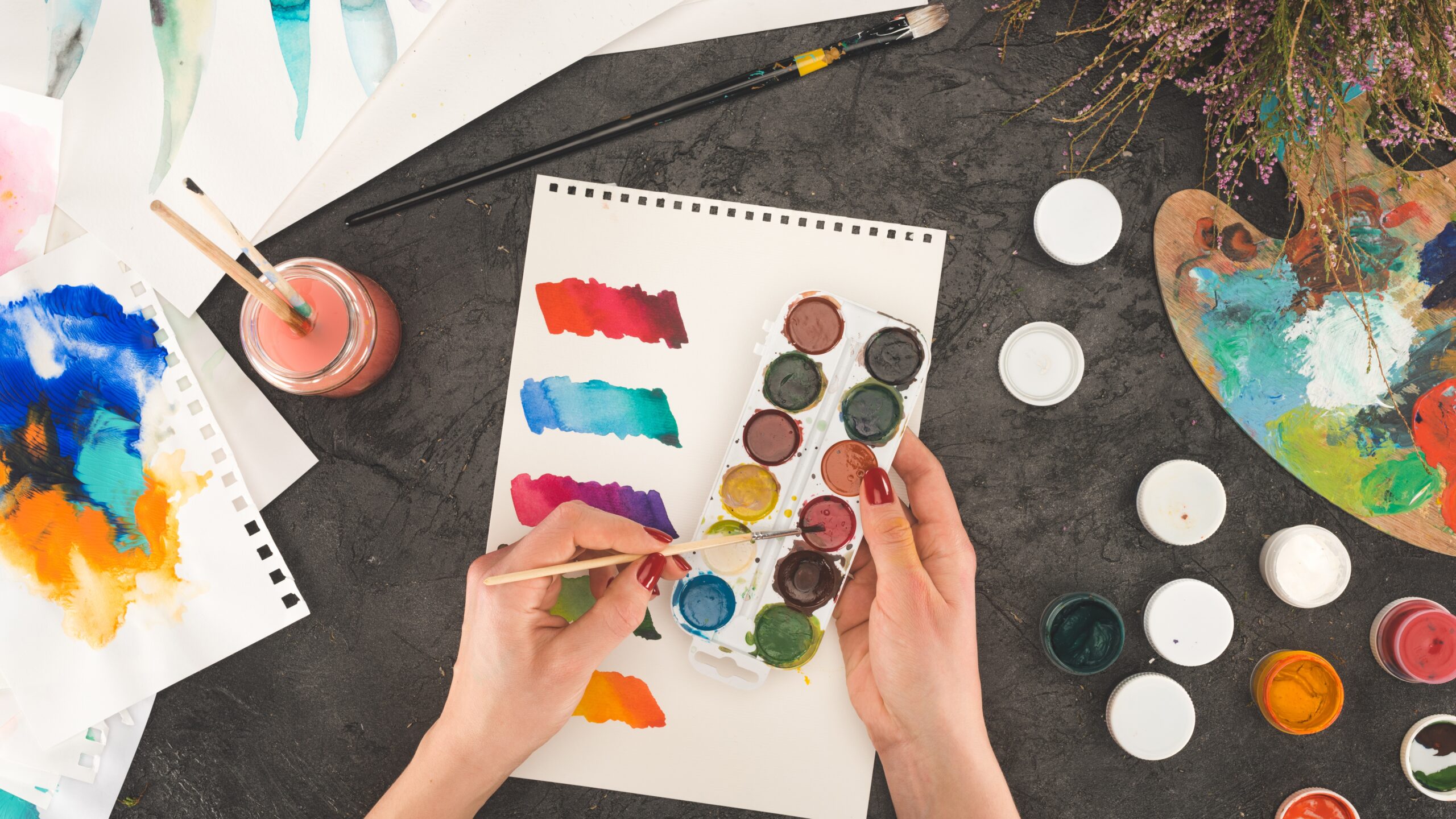
The Therapeutic Effects Of Colouring – Why It Is Many Adults’ Favourite Way Of Relaxing?

Forget your time as a child, but as a grown-up have you ever bought a colouring book or downloaded an app and shaded on them? If not, you may want to get started on it. After all, there must be a reason why there are so many colouring books in the market.

So, we did some reading and spoke to experts to understand why a lot of people have been drawn into the practice of colouring during their free time.
Turns out, the therapeutic effects of colouring are many compared to a lot of other activities.
When colouring, people tend to concentrate on it thus freeing their minds from anything that can be stressful or makes them anxious. Individuals also enjoy a sense of satisfaction because the end results are usually beautiful pieces of art.
Also Read: De-Stress to Impress

Many studies have also been conducted on the topic.
One such research is the ‘Sharpen your pencils: Preliminary evidence that adult colouring reduces depressive symptoms and anxiety’ conducted by a group of psychologists in 2017.
For this, nearly 120 female college students from the University of Otago were divided into two groups. One group was asked to colour for some 15 minutes every day, and the other was tasked with puzzles for the same duration.
The final results showed that the women who were assigned the colouring had shown more decrease in depression and anxiety levels compared to the ones who did the puzzles. Adding to it, the first batch had an increase in mindfulness in comparison to the latter.

In fact, one study conducted on a small group of individuals in 2022 even showed that colouring reduced people’s anxiety more than drawing on plain paper.
By way of explanation, colouring before going to bed, instead of mindlessly scrolling the phone, can assure a good sleep.
Other than the therapeutic effects of colouring on our brains, it also improves concentration and brain connectivity.

With colouring being relaxing, there is a common misconception that it can be considered art therapy. Professor Rainbow Tin Hung Ho who is the Director of the Master of Expressive Arts Therapy Program at The University of Hong Kong explains that they are different.
Art therapy should always involve an experienced therapist who will assess a person’s thoughts and feelings after the patient has finished their artwork. Some psychotherapists keep the conversation going even when the individual is colouring.
Simply put, despite the therapeutic effects of colouring, it is just one of the steps in art therapy.
Also Read: Music Therapy: What is music therapy and who exactly does it benefit?
(Text: Renuka Kennedy)



